Hair Weaves: Benefits, Types, How To Maintain, & Risks
Your one-stop solution to keeping your hair protected while styling it as you please.

Image: Shutterstock
We love experimenting with hairstyles like sporting a glamorous bob one day and a long flowy hairdo the next. But you may think this is impossible if you have short hair. So we present to you hair weaves! From sew-ins and drawstrings to fusion weaves and glue-ins, these hair extensions make it possible for you to attain any hairstyle of your choice.
We understand that women with naturally curly and coily hair need to protect their textured locks. This is where weaves and wigs come into play. Keep reading to explore the types of weaves you can use and understand how they work.
In This Article
What Are Hair Weaves?
Hair weaves are natural hair extensions and can be sewn, glued, or clipped to your hair. This is the easiest way to enhance your hairstyle and add volume and texture. Weaves may look like wigs, but they are different. Unlike wigs (that you can wear like a cap), weaves are sewn directly to your natural hair, much like an extension, to beautify it.
Alicia Igess, a hairstylist, says, “Hair extensions when done correctly can increase your length and volume. A proper consultation is necessary to know and understand the best method for your texture and type of hair.”
You can change them easily to update your hairstyle every week! Scroll through to find out why you should give it a try.
Key Takeaways
- Weaves are a type of hair extension used to enhance volume, length, and appearance while protecting natural hair.
- Weaves are low maintenance, protect natural hair from damage, and let you experiment with new hairstyles.
- Sew-ins and interlocking weaves are great for a natural, long-term look, while glue-ins are perfect for temporary styles.
- There are some simple tips you can practice to maintain weaves, including the use of weave-friendly hair products.
The Benefits Of Wearing Hair Weaves
- Weaves Are Low Maintenance: You may not find the time to style your hair every day. Weaves are a quick way to save your time. They are pre-styled. You just need to comb, clip, or tie it as per your preference. Compared to synthetic wigs, human hair wigs allow flexible styling and a natural look.
Judith, a hairstyle blogger, shares her experience getting weaves, highlighting, “The biggest pro is that I don’t have to do much to my hair every morning. Just get up, comb and go. I have a tiny bit of leave-out for the sake of covering the line of the closure, and I make sure to tuck it in to keep it protected (i).”
- They Protect Your Hair: Sew-in weaves sit close to the scalp. They protect your natural hair from damage caused by heat, environmental pollution, wind, and extreme weather conditions.
- You Can Experiment With Looks: Hair weaves allow you the flexibility to change your hairstyle every week or even after a few days! You don’t have to worry about being stuck with a single hairstyle forever as there are multiple ways to style your sew-in hair. This also allows you to experiment with looks before you plan to get a haircut. You may also color the human hair weaves for extra oomph.
 Did You Know?
Did You Know?Hair weaves are available in different styles and types, depending on how long you want your weave to last and the desired volume. Let’s take a look at them.
The Different Types Of Weaves
1. Sew-in Weaves

It is a type of weave where hair wefts are sewn with hair to give a natural look. The natural hair is first braided and styled into cornrows, then the wefts are sewed. These take time and are done by an experienced hairstylist. Sew-in weaves are low-maintenance and may last for several months.
2. Interlocking Weaves

This is similar to sew-ins. However, you do not have to braid the natural hair or style it in cornrows. In interlocking weaves, the hair weft is sewn to your loose hair. This adds volume to your mane, and the weaves are indistinguishable.
3. Glue-in Weaves (Bonding)

In this process, the hair wefts are glued to the natural hair, half an inch away from the hair roots, scalp, and hairline. Anyone can do this at home. However, you need to section the hair properly. It is low-cost, and you can change them frequently.
Now that you know about the different types of weaves in the following sections, we addressed a few common queries regarding hair weaves. Keep reading.
Best Types Of Weaves To Get
It depends on the type of look you want to achieve and your convenience.
You can opt for sew-in weaves, glue-in weaves, or interlocking weaves, depending on a few factors. If you want to go for a more natural look and keep the weaves for a few weeks or months, go for sew-ins and interlocking weaves. However, you need to go to the salon to get these installed.
 Did You Know?
Did You Know?If you are looking forward to a temporary change in your hairstyle and prefer DIY ways, go for glue-in weaves. You can easily attach glue-ins to your hair with a little practice and caution. Here is a tutorial for your reference:
How Long Does It Take To Attach Hair Weaves?
It may take 3-5 hours to attach sew-in and interlocking weaves. However, glue-in weaves may take around 1-2 hours, depending on your expertise.
How Long Should You Leave Your Weaves In For?
The duration depends on the type of weave. Most stylists will recommend keeping them for up to two months but may ask for regular touch-ups. However, glue-in weaves may last for 10-14 days, after which you can opt for another style.
Difference Between Weaves And Hair Extensions
All weaves are types of hair extensions, but not all hair extensions are weaves. Extensions are clipped, glued, or sewn to natural hair. They can be used to add a dash of color to your hair (with colored extensions) or increase volume and length. On the other hand, weaves are used mainly for specific requirements that pertain to volume, length, appearance, and protecting the natural hair.
Though weaves are low-maintenance, you need to follow precautions to maintain their overall appearance. Here are a few tips.
How To Maintain Weaves Properly
- Always opt for high-quality weaves. You may go for either synthetic hair or natural human hair weaves. Ensure they do not shed.
- Use products meant for weaves. This will help keep them smooth and shiny.
- Go for regular touch-ups. Reach out to your stylist to maintain them.
- Choose lightweight weaves. They do not pull down easily.
- Always take expert help. Get hair weaves from a specialized salon that knows how to handle them.
- Do not exceed the period. Change your weaves every two months or 15 days, depending on the weave type.
- Avoid wearing them all around the year. Give some buffer time to your natural hair to let it breathe.
- Maintain scalp hygiene. Otherwise, you may face issues like dandruff, product buildup, and hair breakage.
Want to know if there are any risks associated with weaves? Find out below!
Risks Of Using Hair Weaves
The risk factors depend on your weave type and installation process.
- Sew-in and interlocking weaves that are sewn too tightly may pull the hair roots and cause hair loss.
- Glue-in weaves that are attached too close to the scalp may affect the hair follicles and cause hair loss. Moreover, if not removed properly, glue-in weaves may cause hair breakage.
Moreover, poor scalp hygiene may increase your risk of product buildup and itching and cause hair fall.
Hair weaves are natural hair extensions woven into your hair by sewing, pasting, or clipping. Though they look like wigs, they are not, and you can change them according to your hairstyle. The advantages of using a hair weave include low maintenance, protecting hair from damage, and the flexibility to change your hairstyle whenever you wish. Depending on your hairstyle preference, you can opt for any type of hair weaves mentioned above. However, you need to follow a proper hair care routine and scalp hygiene when using hair weaves to prevent hair damage.
Frequently Asked Questions
What type of weave lasts the longest?
Bonded hair weaves last the longest as they are bonded to the strands of your hair. They may last up to 6 months.
How much does it cost to install a weave?
The installation service may cost $100 to $600, and the rate of the weave may be anywhere from $80 to $600.
Hair extensions can be a game-changer for your hair. This video explores the various benefits of using hair extensions, making it a must-watch for anyone considering buying them. Hit the play button now!
Personal Experience: Source
StyleCraze's articles are interwoven with authentic personal narratives that provide depth and resonance to our content. Below are the sources of the personal accounts referenced in this article.
(i) MY WEAVE EXPERIENCE – ONE MONTH IN [PICS]https://hairwegrow.wordpress.com/2014/10/02/my-weave-experience-one-month-in-pics/
Read full bio of Alicia Igess
Read full bio of Ramona Sinha
Read full bio of Anjali Sayee
Read full bio of Monomita Chakraborty








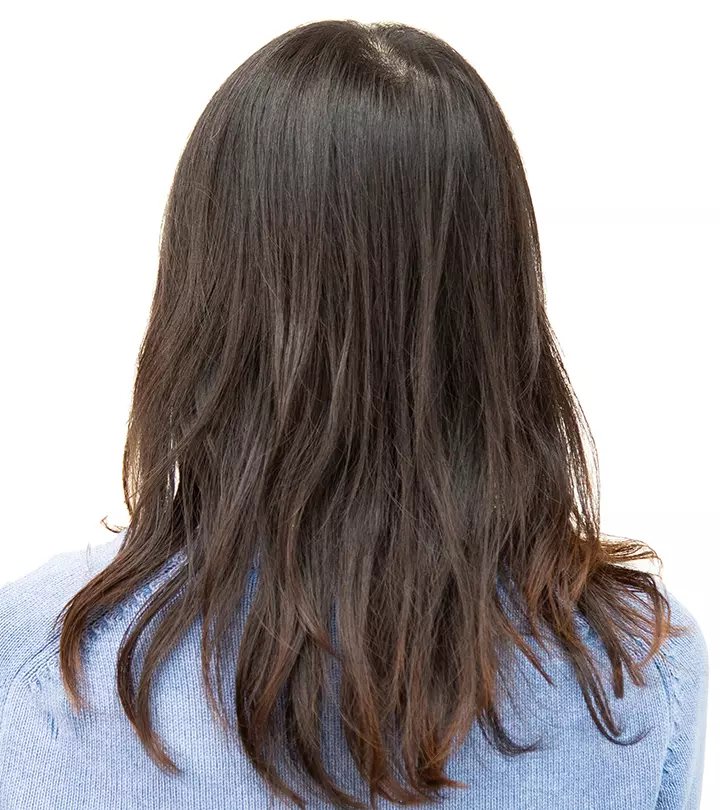



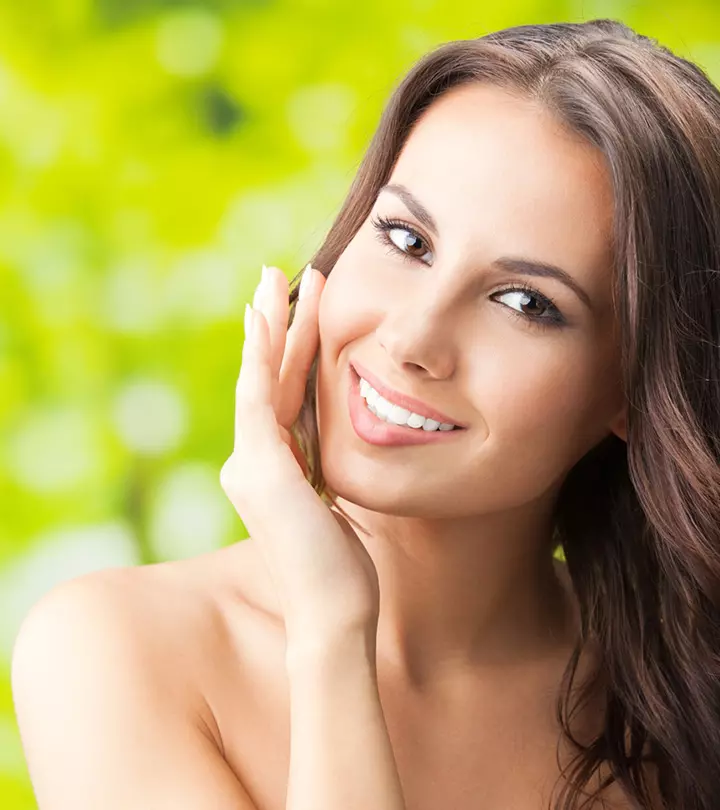


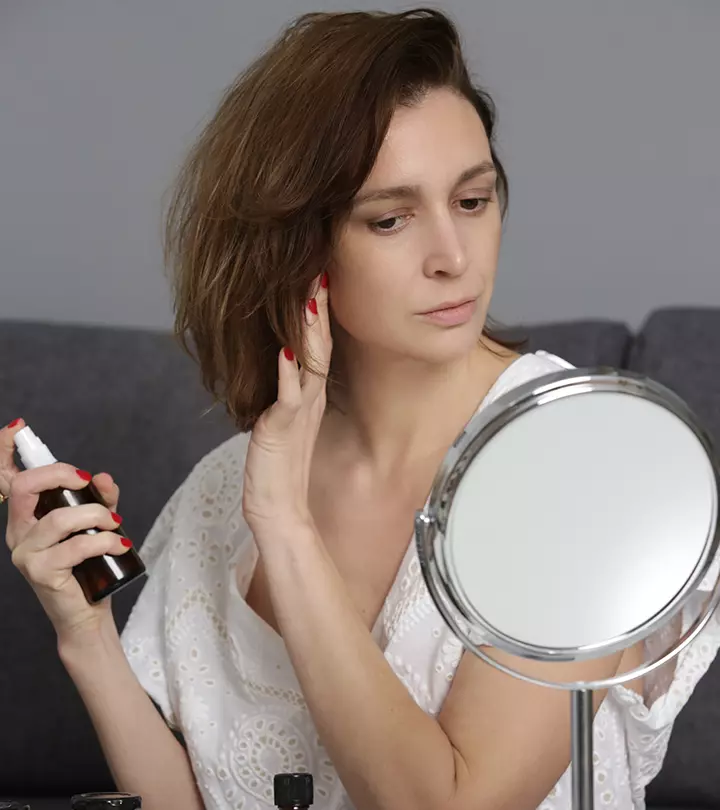



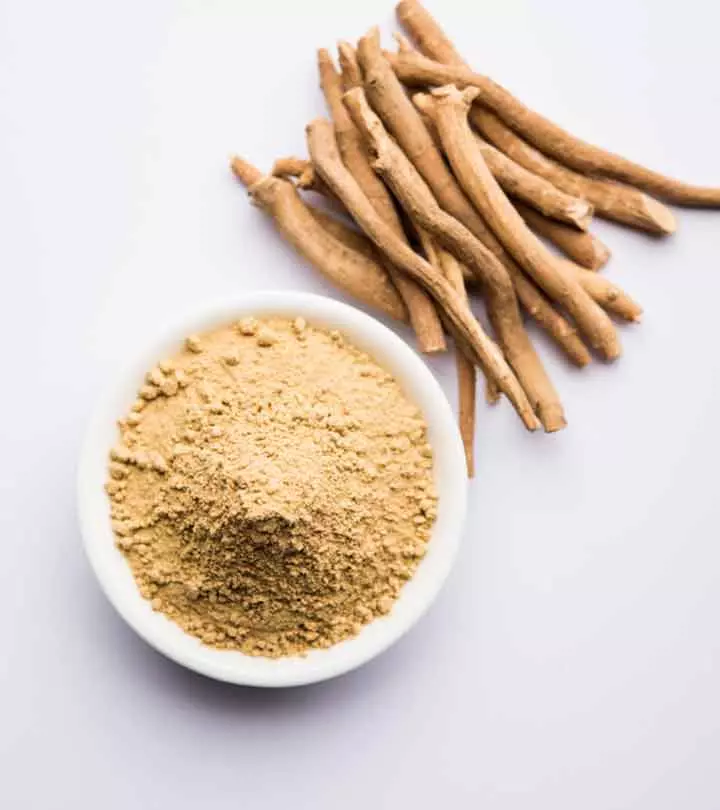






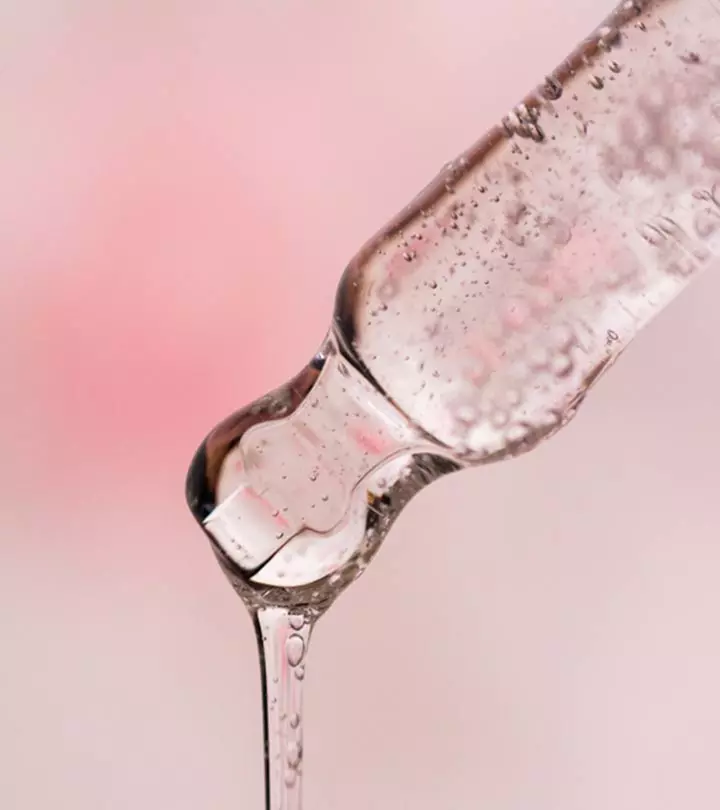
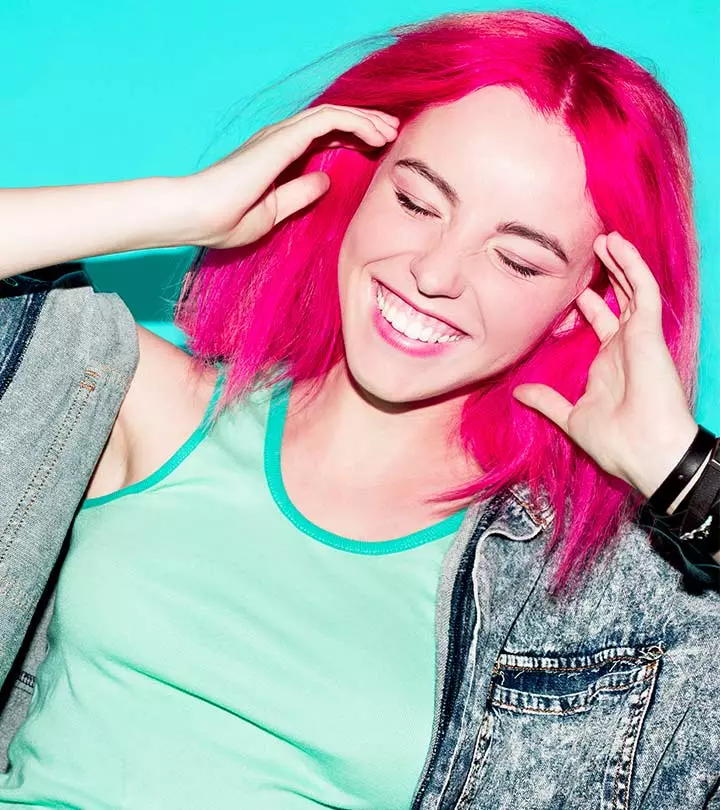
Community Experiences
Join the conversation and become a part of our empowering community! Share your stories, experiences, and insights to connect with other beauty, lifestyle, and health enthusiasts.